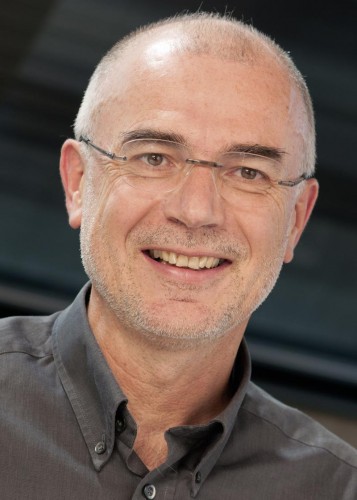
How do you rate the chances of solar technologies, in particular photovoltaics, spreading across the globe?
With worldwide around 60 % per annum PV has steadily shown the highest growth rate of all renewable energy technologies over the last ten years. For instance, the PV capacity installed worldwide in 2011 was already around 70 GW. Until 2011 the EU accounted for the lion‘s share of this market growth, in future non-European markets (especially Asia, with China leading the way) will become more important. All in all PV has already achieved a degree of maturity, technologically and costwise, such that further worldwide market penetration is certain.
What is the significance of new polymeric materials for advancing photovoltaics?
In the form of encapsulation materials (cell encapsulation and composites for backsheets) and PV junction boxes, and also, for example, for various components in power inverters and for cable insulation, polymeric materials already play a considerable part in PV module and PV facility fabrication. The anticipated growing prominence of semi-flexible and flexible modules translates into polymer films covering the front face in future, too. In many experts‘ judgement new encapsulation materials which can be processed faster, possibly continuously and therefore at lower cost than materials currently in use are going to be a key factor in advancing the technology and penetrating markets.
What forms does collaboration between research organizations and companies in the fields of photovoltaics and polymer technology take?
The Austrian PV Technology Platform was launched in 2009 to retain competitiveness internationally and enhance the attractiveness of the Austrian market. Funded programmes such as the Austrian Climate and Energy Fund‘s New Energies 2020, and more recently e!Mission.at, play a pivotal role in multilateral collaboration on research. The R&D project SolPol-3, funded through one of these programmes, has managed for the first time to involve a wide range of both Austrian companies and Austrian research organizations concerned with PV and polymeric materials.
What role do network building and the transfer of knowhow play in the context of international programmes, such as the IEA research collaboration scheme?
A successful research strategy consists of an appropriate mix of national and international research activities. IEA collaboration in the form of participation in IEA tasks has a special role as a worldwide facility for swapping expertise. Alongside IEA tasks already in place concerned with PV, in my view a separate task on the issue of PV Encapsulation would be desirable.